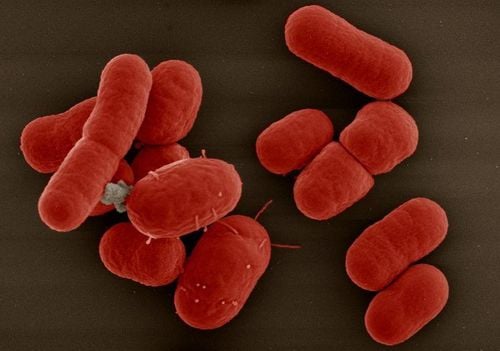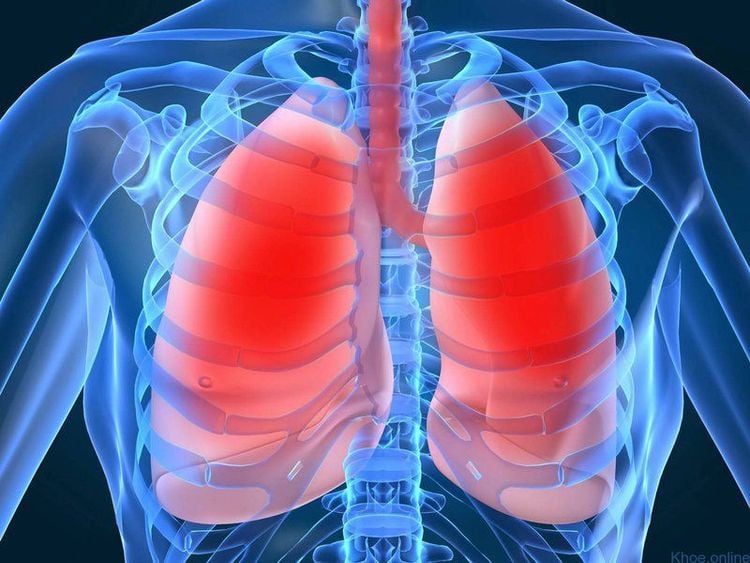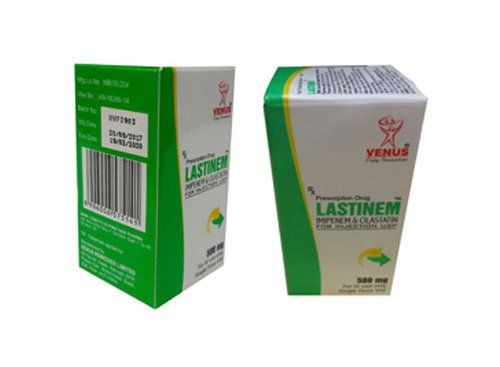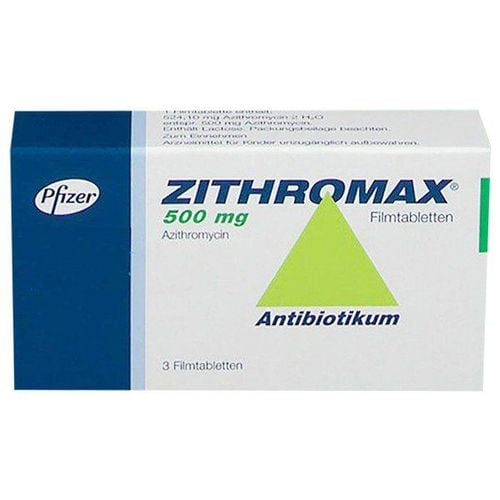This is an automatically translated article.
Acinetobacter baumannii is known to be a bacteria resistant to very strong antibiotics, is one of the causes of alarming hospital infections globally.1. Acinetobacter baumannii
Bacteria Acinetobacter baumannii is a gram-negative bacteria, they can live on the body of some healthy people, they can live in the throat, skin or body secretions without causing disease, but when conditions are favorable As the body's resistance is weakened, they become a disease-causing agent.A.baumannii bacteria have the ability to survive for a long time in the external environment, in addition, they are resistant to some drugs used to kill bacteria, so the use of bleach in hospitals is less effective. with this bacterium, which is why it becomes an infectious agent in hospitals.
Especially this type of bacteria is resistant to many antibiotics, because they carry antibiotic resistance genes. This makes it difficult to treat acinetobacter baumannii infections and increases mortality from nosocomial infections.

Vi khuẩn A.baumannii lại có khả năng tồn tại rất lâu ở môi trường bên ngoài
2. How dangerous is acinetobacter baumannii infection?
Infection with acinetobacter baumannii is a common cause of life-threatening nosocomial infections occurring in many countries. The most common nosocomial infection is hospital-acquired pneumonia, which is also the leading cause of death, the mortality rate from hospital-acquired pneumonia is up to 20-70%. Urinary tract infections are also common.Nosocomial infection is defined as the occurrence of an infection 48 hours after admission with no prior signs or symptoms indicative of a previous infection.
Because according to some studies, the resistance of this bacteria is very high, multi-antibiotic resistance , they are resistant to most antibiotics.
They are resistant to beta-lactam antibiotics up to 80%, even carbapenems are highly resistant, cephalosporins are also resistant to over 70%. In this group, only the antibiotic Cefoperazone combined with Sulbactam had about 60% lower resistance. The aminoside group is resistant to more than 50%, the Quinolone group is more than 70% resistant, only colistin antibiotic is still sensitive with resistance about 18%.
Thus, with multi-drug resistant acinetobacter baumannii bacteria, there are very few treatment options, which increases the risk of death from infection with this bacterium. Not only that, even if the bacteria are susceptible to drug treatment, resistance may still develop during the course of treatment.

Nhiễm vi khuẩn acinetobacter baumannii là nguyên nhân hay gặp trong nhiễm khuẩn bệnh viện
3. What to do to prevent infection with acinetobacter baumannii
Prevent the source of baumannii bacteria from growing and spreading by ensuring the hygiene of the ward, the room is clean, especially those with high risk for microorganisms to grow and cause disease such as the operating room, the postoperative room, the operating room, and the operating room. Active treatment needed, regular disinfection. There should be an isolation area for patients with infectious diseases, proper treatment of medical waste according to the procedures to minimize the discharge of pathogenic microorganisms into the environment, and medical instruments need to ensure absolute sterility.Do not use antibiotics indiscriminately when there are no indications, only used to kill bacteria, not antibiotics in case of viral infections unless there is a superinfection. This is an effective measure to limit the resistance of bacteria to antibiotics.
When using antibiotics, choose from narrow-spectrum to broad-spectrum, do not use broad-spectrum antibiotics in the first place. It is necessary to use antibiotics in sufficient dosage, full day, sensitive to bacteria and suitable to the patient's economic conditions.
Bacteria a.baumannii have multi-antibiotic resistance, are the cause of nosocomial infections and increase mortality. Therefore, understanding the antibiotic resistance situation of baumannii bacteria is very important to ensure the correct antibiotic treatment, reduce the resistance of bacteria and thereby reduce patient mortality.
If you have unusual symptoms, you should be examined and consulted with a specialist.
Please dial HOTLINE for more information or register for an appointment HERE. Download MyVinmec app to make appointments faster and to manage your bookings easily.
MORE:
Diagnosis and treatment of hospital-acquired pneumonia Measures to prevent hospital-acquired pneumonia Complications of community-acquired pneumonia













